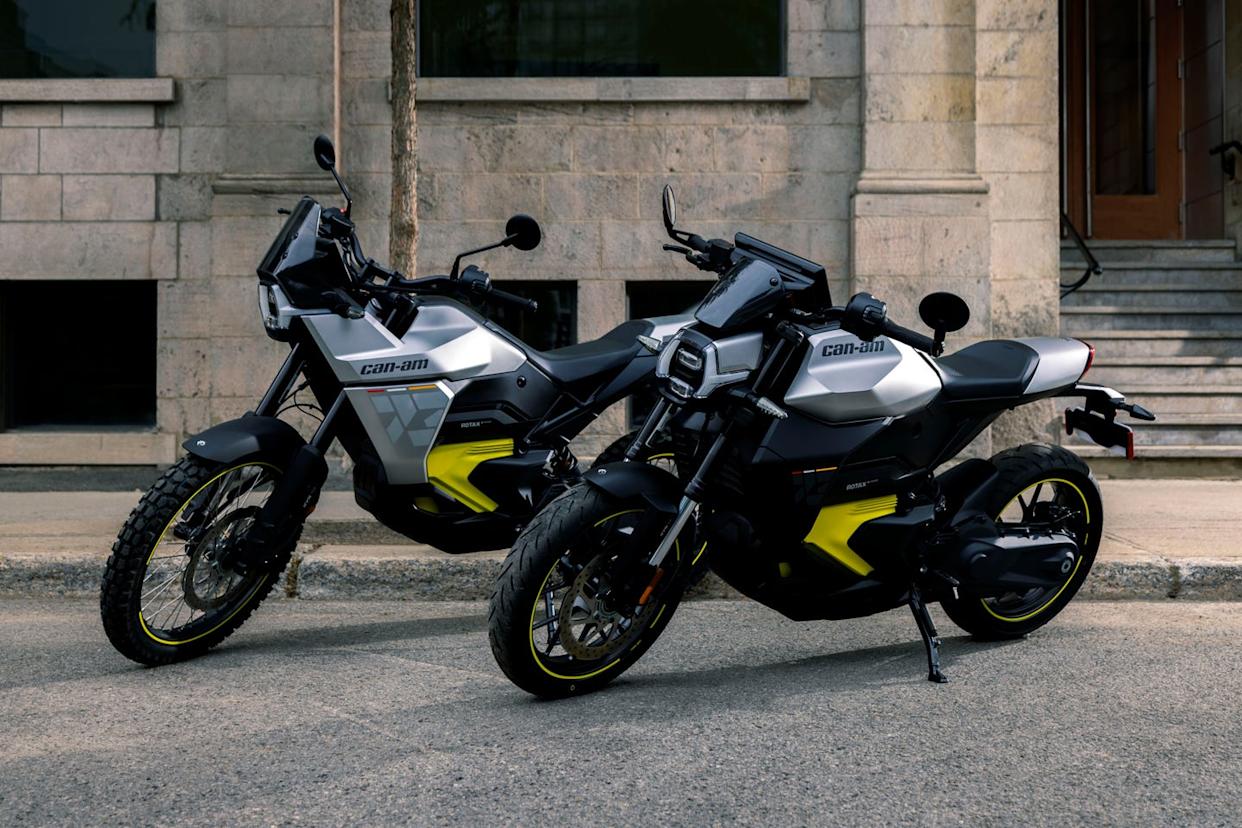
Remember Can-Am? It’s part of the big Bombardier party boat that includes Ski-Doo, Sea-Doo, and Bombardier business jets. They also make motorcycles, and here are their two latest: the Origin and the Pulse, both all-electric.
The bikes are fun enough but don’t feel particularly solid between the knees.
Pricing starts at $13,999, plus $400 delivery.
Bombardier makes everything cool and fun, from snowmobiles and personal watercraft to SxSs and private jets. The company started out making the wildly successful Ski-Doo snowmobile, but by the early '70s its 4,000 dealers started to complain they had nothing to sell in the summer. So the company started making motorcycles.
Since Bombardier had just acquired engine builder Rotax, they put the Rotax into a new motorcycle frame of their own design and, right out of the box, the Can-Am MX-1 two-stroke motocross bike captured gold, silver, and bronze at the 1973 ISDE and first, second, and third in the 1974 AMA motocross championship, according to the enthusiast website Canned-Ham (get it?).
All of which leads us to today’s Can-Am electric motorcycles.
Somewhere between the ubiquitous e-Bike those entitled teenage hooligans are riding through your neighborhood right now, and a real, full-size electric motorcycle, like the LiveWire and Zero, lie the Can-Am Origin and Pulse.
They’re not quite full-on, real motorcycles, but neither are they completely flimsy e-Bikes you buy at Target or Costco. They’re proto-Es, or transitional electric two-wheelers, great for making an urban commute fun, especially if it takes a shortcut through the dirt.
Can-Am offered us a ride on each one.
Your Mileage Will Vary
The bikes share many components. They’re both powered by a 47-hp (peak, 27-hp continuous), 53-lb-ft Rotax E-Power electric motor that gets its energy from an 8.9 kWh liquid-cooled lithium-ion battery (the charger, inverter, and motor are also liquid-cooled).
The motor, a stressed member of the chassis, sits aft of the battery and sends torque to the rear wheel via an enclosed chain mounted on a single-sided swing arm.
With a curb weight of 412 pounds, that’s good for 0-60 mph in 4.3 seconds in the dual-sport Origin. The Pulse weighs just 390 pounds and gets to 60 in 3.8 seconds. Top speed is listed at 80 mph.
The Origin is good for a claimed 90 miles of range in city riding, 52 miles at a steady 50 mph, and 71 miles combined, possibly because its tires are so skinny. That mileage is measured on something called the WMTC, or World Motorcycle Test Cycle, not EPA. The Pulse is listed at 100 miles city, 80 miles combined. I got around 60 miles of range in both.
You can set regenerative braking to Active and Passive. Active regen is increased by twisting the throttle backwards, so to speak, for added recapture of electrons. Active is the way to go, as we first learned on the Zero motorcycle.
Both bikes will recharge from 20% to 80% full in 50 minutes, according to Can-Am, and from 0-100% in 90 minutes, when on 240-volt Level 2. There’s no Level 3 connector because battery capacity is only 8.9 kWh.
10 Inches of Suspension Travel
The battery case takes up most of the motorcycle, but because it’s a stressed member of the frame it adds lightness and efficiency.
I got the Origin first, followed by the Pulse. They would certainly qualify, as Can-Am said, as fun.
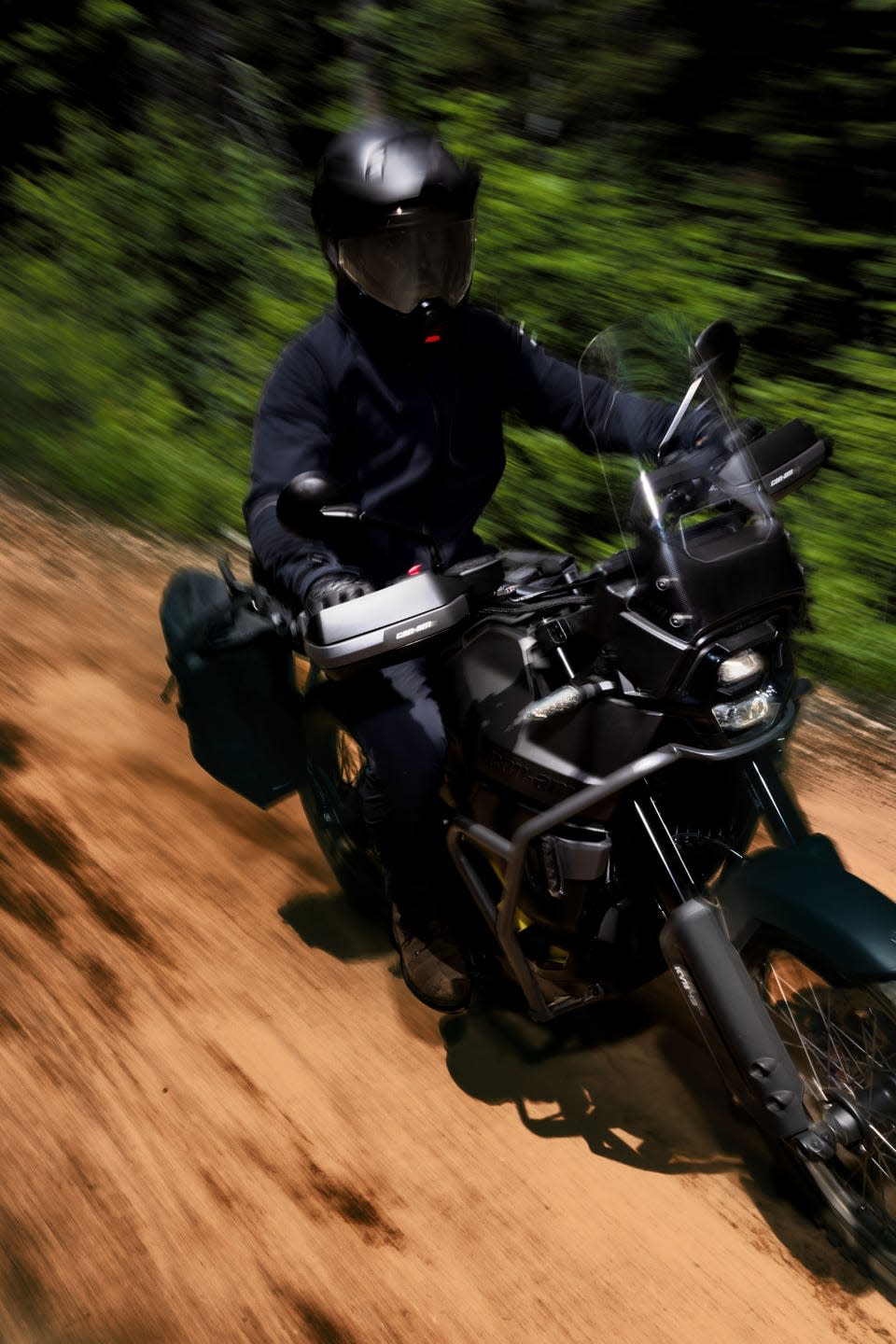
First, the dirt bike. The Origin is an all-electric dual-sport designed for on-and off-road riding. It has high ground clearance and 10 inches of suspension travel to accommodate whatever whoop-dee-doos you encounter in the wild.
Seat height is a tall, dirt-bike-like 34 inches. It has six ride modes: Normal, ECO, Rain, Sport, Off-Road, and Off-Road+. Like the Pulse, it even has ABS and a reverse function for easier maneuvering into a parking space.
Origin gets an LED headlight, a skid plate, and a glove box where you can charge your phone. Both Origin and Pulse will do Apple CarPlay on their 10.25-inch touchscreen displays, but you have to plug it in.
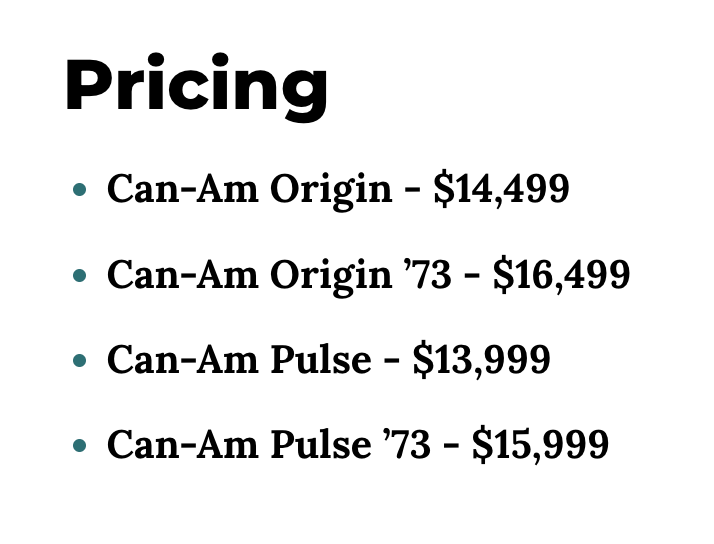
I didn’t ride it anywhere near as much as I should have during the time I had it, so take that into consideration when I say the bike felt less substantial to me than other electric motorcycles I’ve ridden, especially when compared to the excellent all-around Zero DSR/X all-electric adventure bike.
The Origin was more like the smaller, lighter, cheaper Zero FX model. Of course, the Zero DSR/X costs five grand more, but for that you get more torque, more range, and a beefier set of tires that felt more confident.
‘I Never Felt Fully Confident’
The Origin rolled on skinny, knobby tires and felt a little flimsy, in everything from the little flap that covered the charge port to the way the steering felt at speed. It stickers for $14,499.
The Pulse is set up as a street bike and feels a lot better when you take it for a spin.
The lower ride height and wider tires make it feel much more surefooted on pavement than the Origin. Seat height is just 30.9 inches, opening it up to a wider range of riders.
Can-Am describes the Pulse as:
Nimble and agile for urban usage
Perfect commuter and thrill giver
Exciting, clever, and playful motorcycle
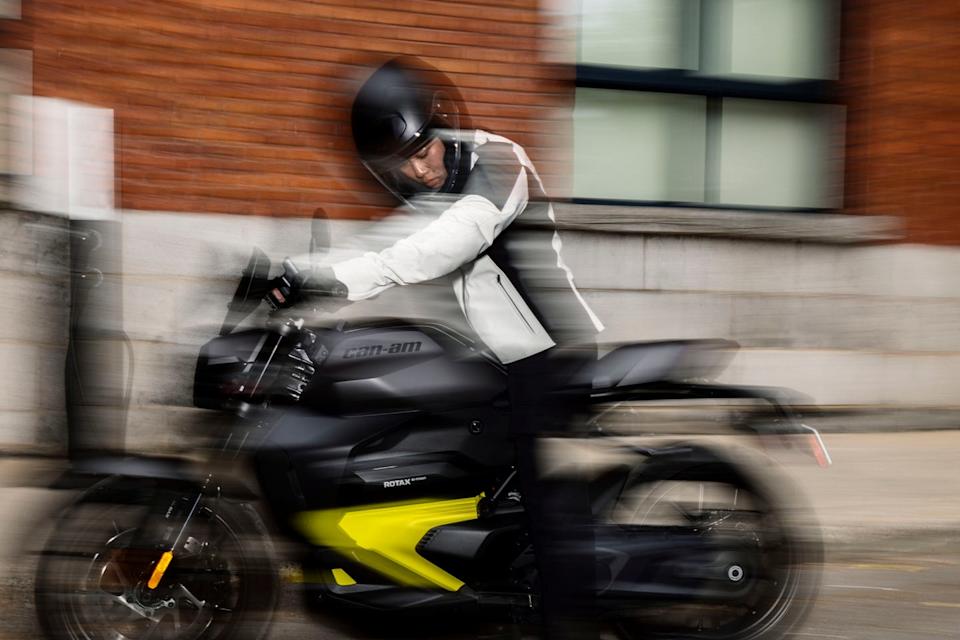
I can’t argue with that except to say I never felt fully confident on the Pulse or the Origin. If you’ve ridden larger, more expensive electric motorcycles like the Energica or LiveWire, you will see the Can-Ams as a class or two down.
Both bikes probably need beefier tires. The Pulse might also have felt better because it rides half a foot lower.
The Pulse has four ride modes: Normal, ECO, Rain, and Sport+. You’ll want to leave it in Sport+ the whole time to get the most out of it. I never measured acceleration myself, but Can-Am’s 60-mph sprint in 3.8 seconds seems optimistic based on how the bike felt.
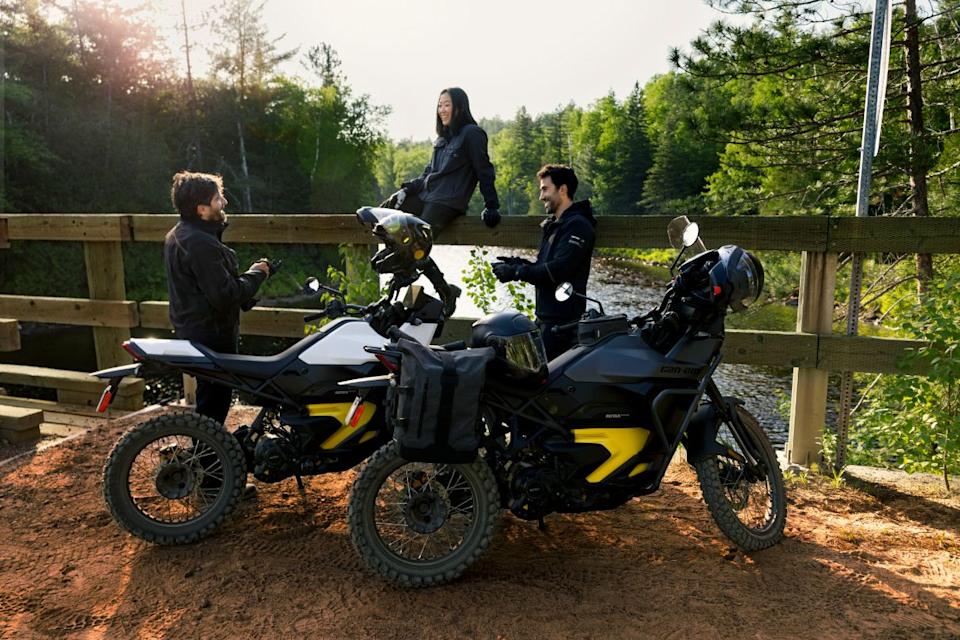
The enclosed chain adds to the quiet of any electrically powered craft (as well as extending the life of the chain). The Pulse trades the Origin’s 10 inches of suspension travel for the five inches appropriate for its on-road use.
Again, I never felt fully confident going into turns nor powering out of them. It depends what you compare these bikes to. If it’s established electric motorcycles, you’ll notice a big gap.
But they’re both a few steps up from those e-Bikes. There are Can-Am dealers all over the place and they’d be happy to give you a test ride. Check it out for yourself.
Have you been in the market for an electric motorcycle? Does an electric dirt bike make sense to you? Please comment below.
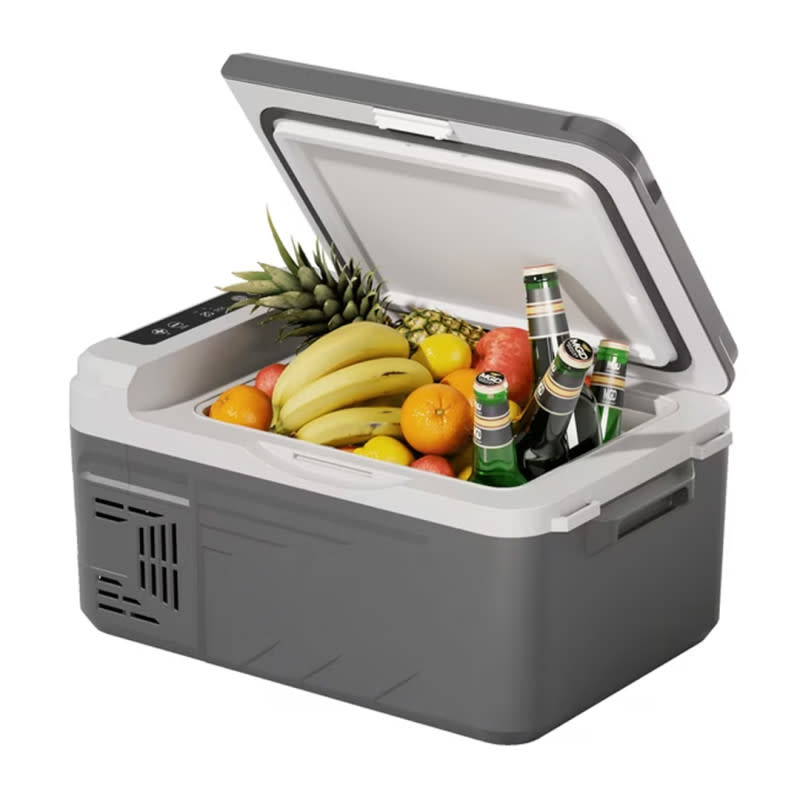


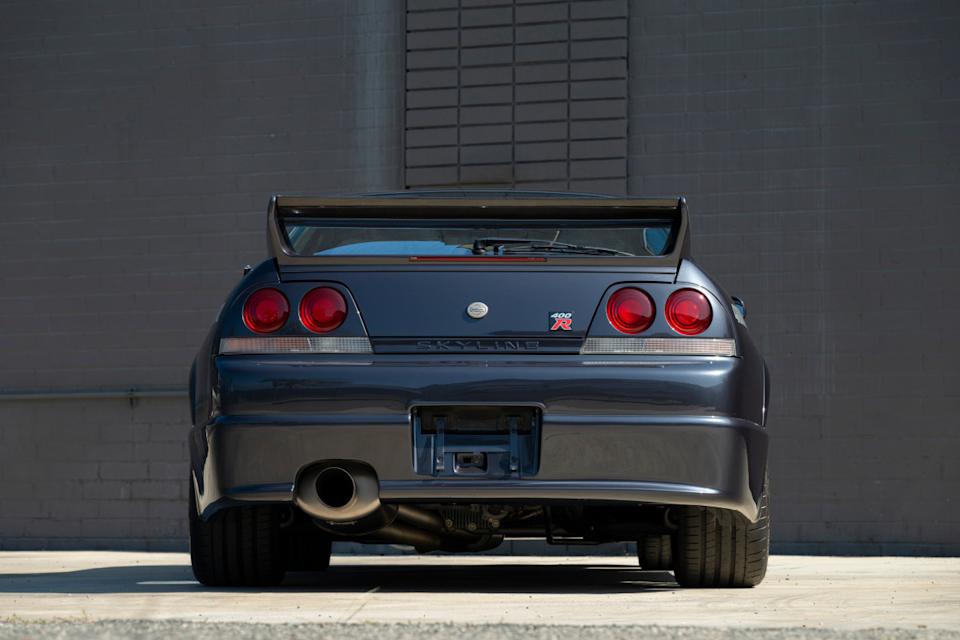
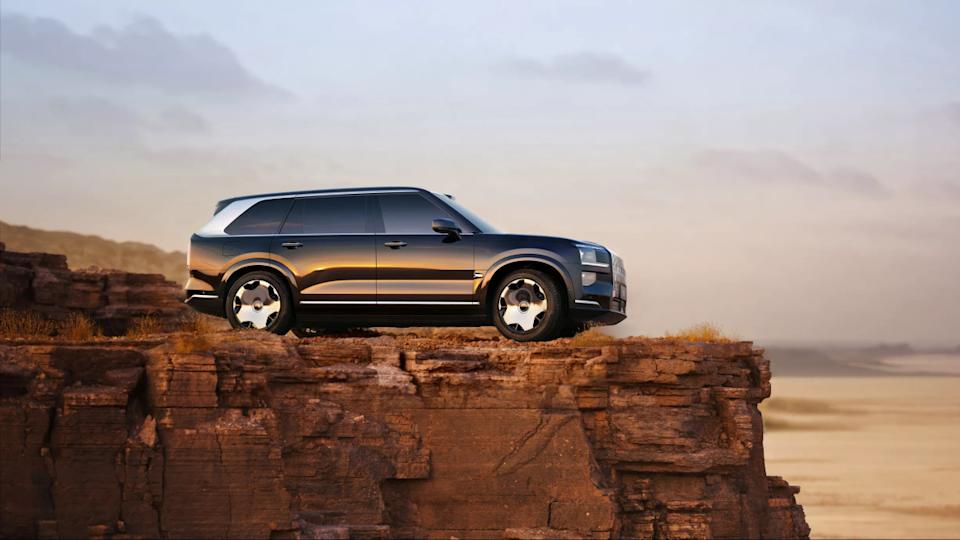
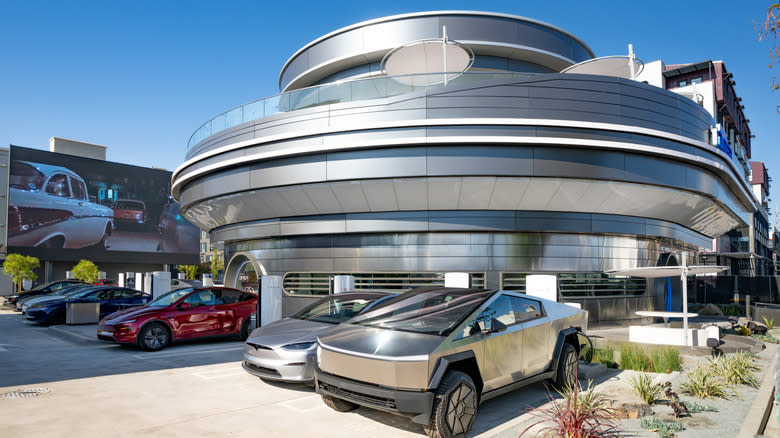

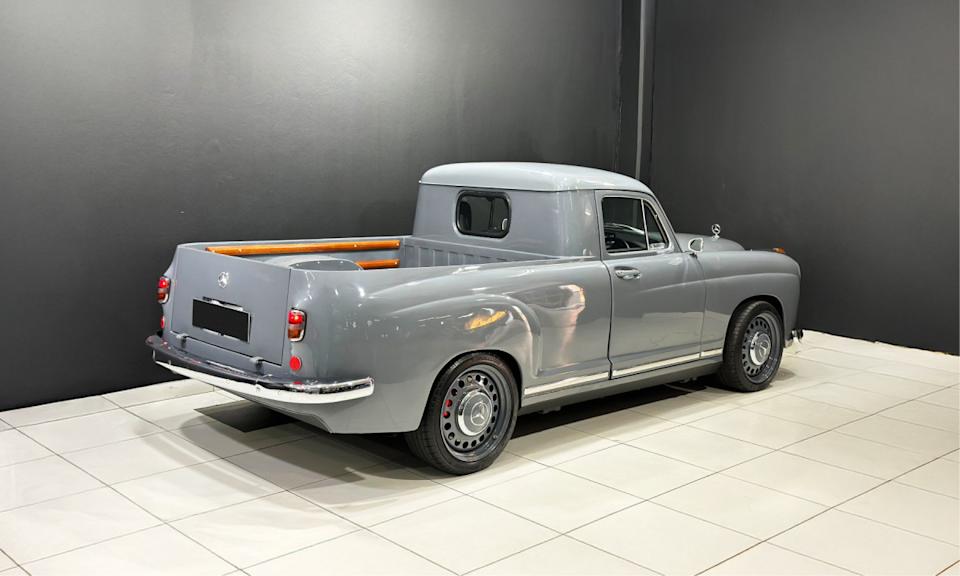
Comments